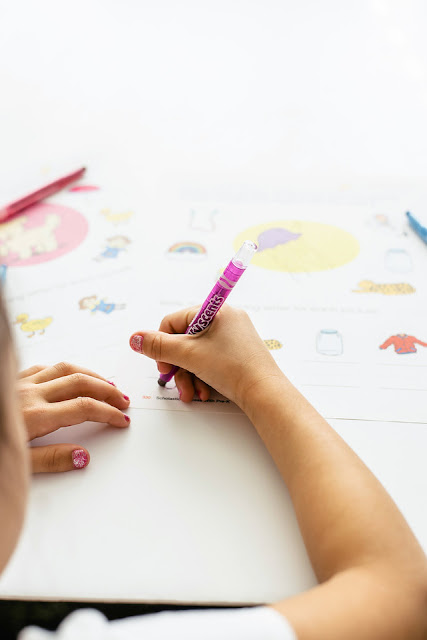A lesson plan is a crucial part of strategizing a teaching pattern.
It offers an important guide for teaching and learning for both students and teachers. After all, preparation is the key to success.
Teachers are entitled to do many things in a classroom, it’s no secret. From coming up with strategies to engage their students, partaking in assessments, to upholding other forms of learning.
Therefore, coming up with a well-executed lesson plan for them should be a priority.
Planning a lesson prepares teachers to engage with students well without worrying about the success of the lesson or their next step.
As a teacher, you can solve this problem by creating a lesson plan using a worksheet template from this source: https://www.storyboardthat.com/create/worksheet-templates.
Check out some of the benefits of lesson planning:
Helps in Setting a Manageable Timeline
Ever wondered how teachers used to do it from the moment you sat for a class until they concluded the lesson?
Setting a lesson timeline ahead of time helps a teacher teach at the set schedule without ending the lesson earlier or later than necessary.
Lesson planning enables you to prepare for a lesson with certain class activities in mind, hence, you won’t run off lecture ideas or cut the class short.
Since it is something you can stick with for the rest of the academic term, the lesson plan will give you peace of mind every time you enter a classroom.
Students look up to their teachers more. Therefore, you have to ensure you raise the bar of time management skills.
Increases the Teacher’s Confidence
Lesson plans build a teacher’s confidence and help them approach each lesson with the necessary classroom materials.
To provide the right knowledge to your students, you have to go through the contents of the lessons prior.
Planning a lesson helps set your thoughts in order and directs you so as not to forget important details when teaching.
Otherwise passing the wrong kind of information to them will make you seem poorly informed.
If you walk on this path, you risk losing the respect of other teachers and even your job entirely.
Sets You in the Right Direction of the Course
A lesson plan helps you aim at the right path towards fulfilling the results of the course.
All you have to do is set notes of the key objectives that will assist you in going in that direction ahead.
It weighs the objectives achieved; part of the course uncovered and comes up with the various methods of assessing the students’ understanding.
A lesson plan also enables you to revisit what your students have not understood and passed the necessary feedback.
You can achieve this through the given assignments.
Offers a More Unified Teaching Standard
Lesson plans enable teachers to set a uniform standard of teaching.
Keep in mind that the lessons and courses provided are available at different levels of schools, and subjects differ from class to class.
Planning a lesson under these standards will dictate what students have to cover and keep their records of accomplishment.
It also helps you analyze feedback and identify issues you can improve on to meet the standards.
Acts as a Reference to a Teacher’s Progress
A well-organized lesson plan gives a detailed picture of a teacher’s progress in the classroom.
When a substitute teacher comes in to replace or assist the acting teacher, the process becomes easier.
You can go over the noted points on the subjects covered and the next lesson to take.
It fills the gap the previous teacher left faster and creates a good connection between you and the students.
Such a reference acts as a great resource material for the school administration when they want to look at the progress of subjects.
You can even use lesson plans that measure your performance as part of your portfolio when job hunting in another school.
Conclusion
Creating a well-detailed lesson plan template benefits everyone in the school from the teacher, and students, to the administrators.
It makes the work of the teacher a lot simpler by just following the set standards and objectives.
Please note that while planning a lesson, you need to put yourself in your students’ shoes, accept feedback, and leave room for planning other class activities.
This post contains product and service links for your convenience. By clicking on these links I may earn an affiliate commission at no additional cost to you. As an Amazon Associate I earn from qualifying purchases. I only suggest resources and items I believe in and highly recommend. Find out more on our Disclosure page.







